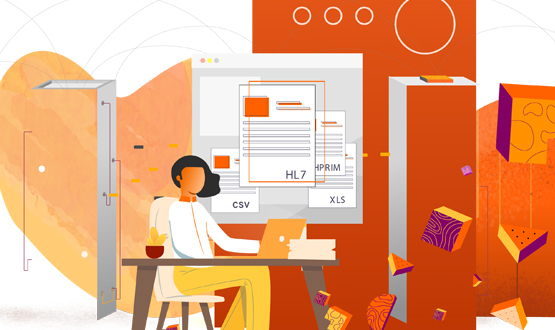
@ShahidNShah


As the interoperability standard HL7 format has evolved over the years, its use has opened up to current web practices such as HTML, XML and JSON.
This has led to the FHIR (Fast Healthcare Interoperability Resources) standard which broadens the field of possibilities with its library of open source resources.
FHIR is seen to be one way to help boost interoperability in healthcare and is defined as a standard describing data formats and elements (known as “resources”) and an application programming interface (API) for exchanging electronic health records (EHR).
Benefits can include making data sharing easier, it can be fast to implement and it is vendor-neutral.
To understand how and why the FHIR standard came into being, Frédéric Laurent, project manager at Enovacom, reflects on the origins of this interoperability standard.
This white paper outlines everything you need to know about HL7 FHIR.
Find out more below.
Continue reading at digitalhealth.net
Involving and integrating patients in the treatment process will help drive personalized medicine, says Dr. Risto Miettunen, president of the International Hospital Federation.
Posted Sep 15, 2021 Patient Outcome Assessment
Connecting innovation decision makers to authoritative information, institutions, people and insights.
Medigy accurately delivers healthcare and technology information, news and insight from around the world.
Medigy surfaces the world's best crowdsourced health tech offerings with social interactions and peer reviews.
© 2024 Netspective Media LLC. All Rights Reserved.
Built on Apr 15, 2024 at 4:35am